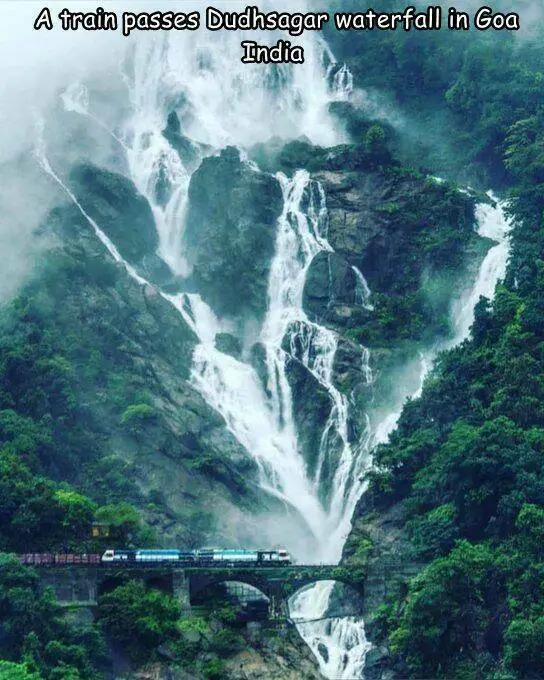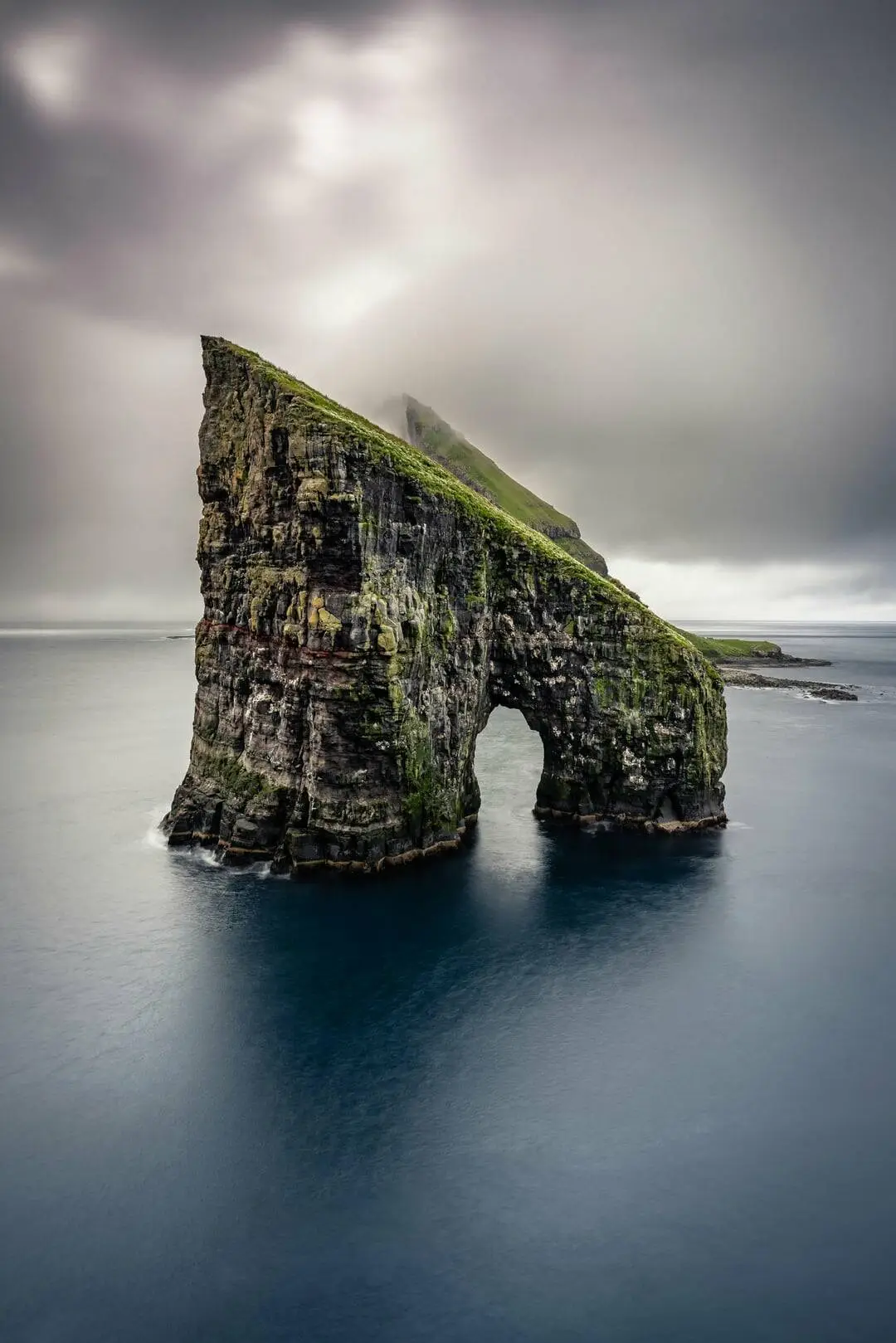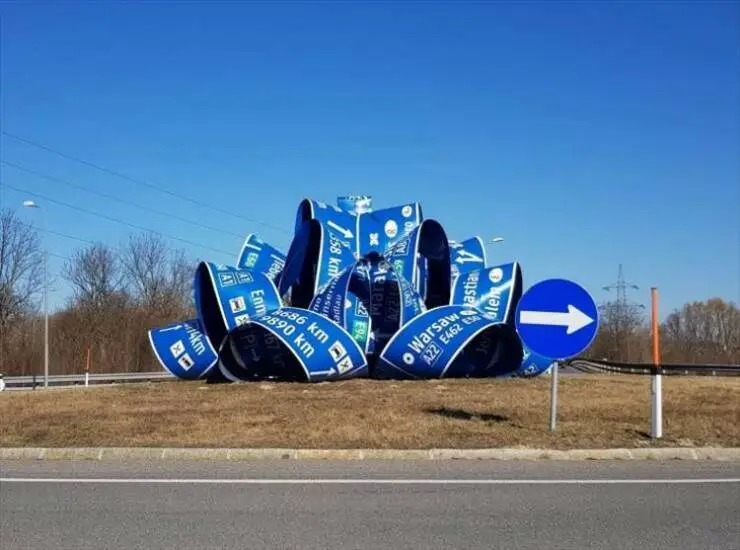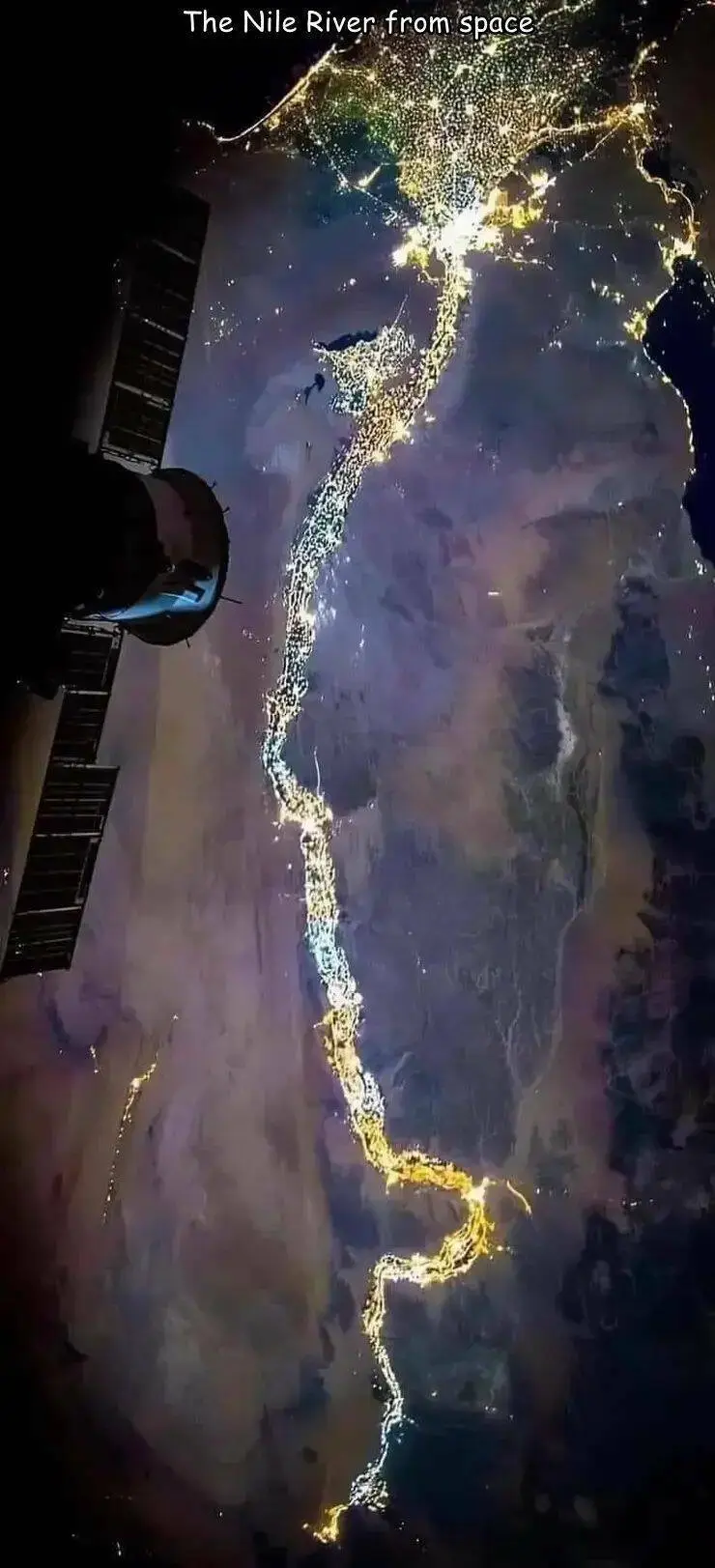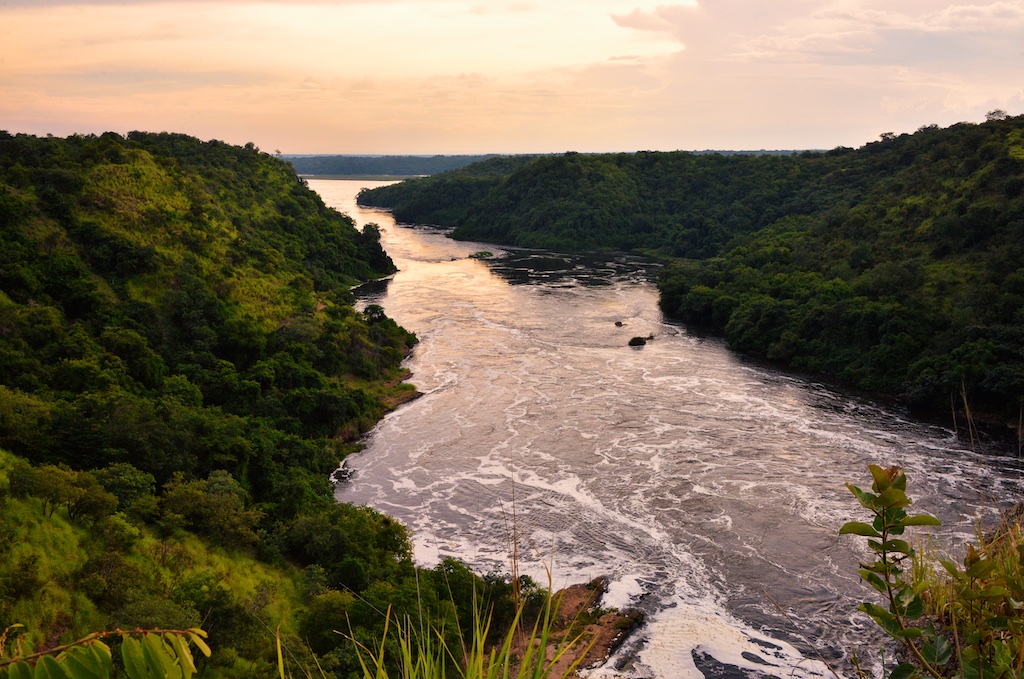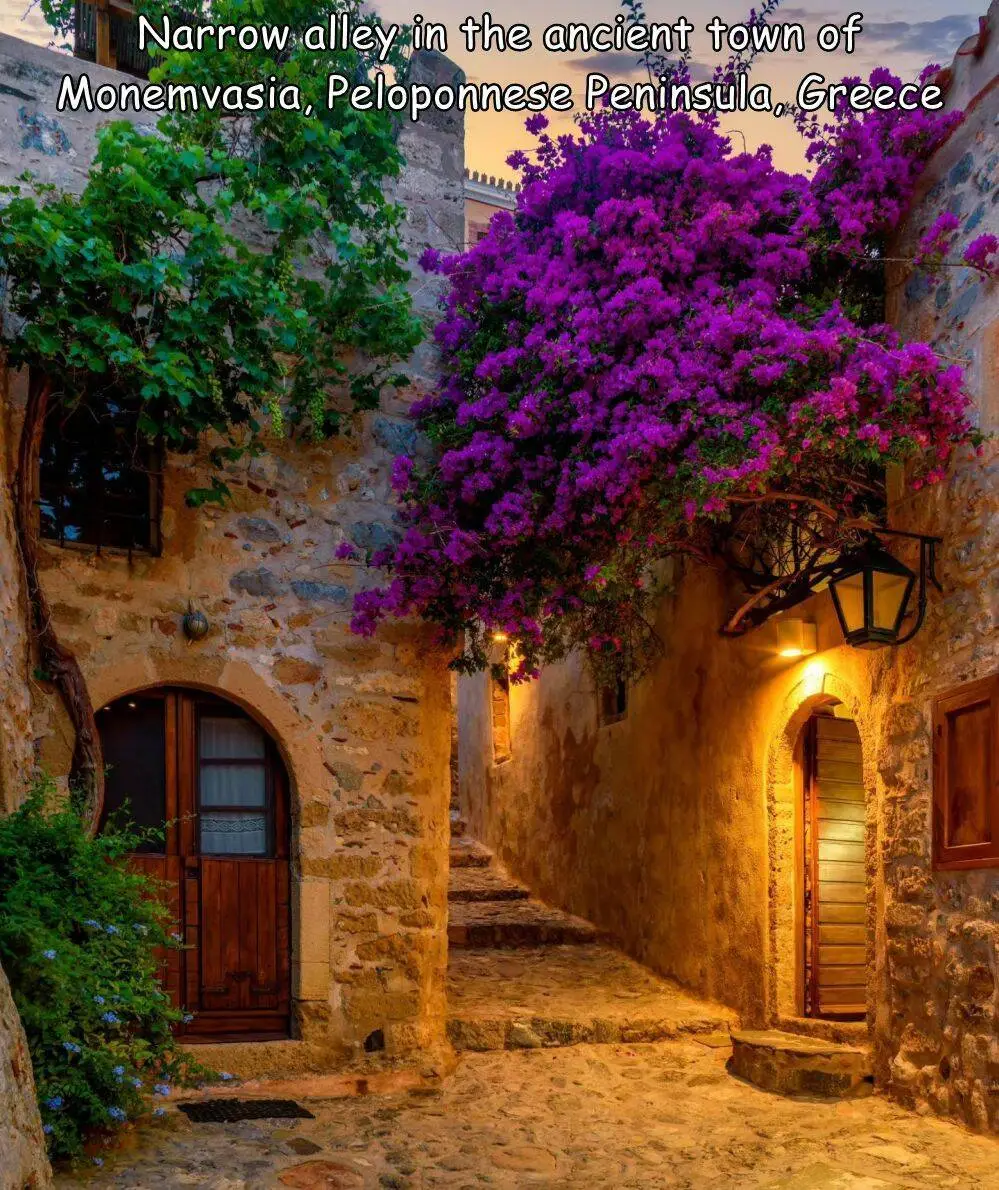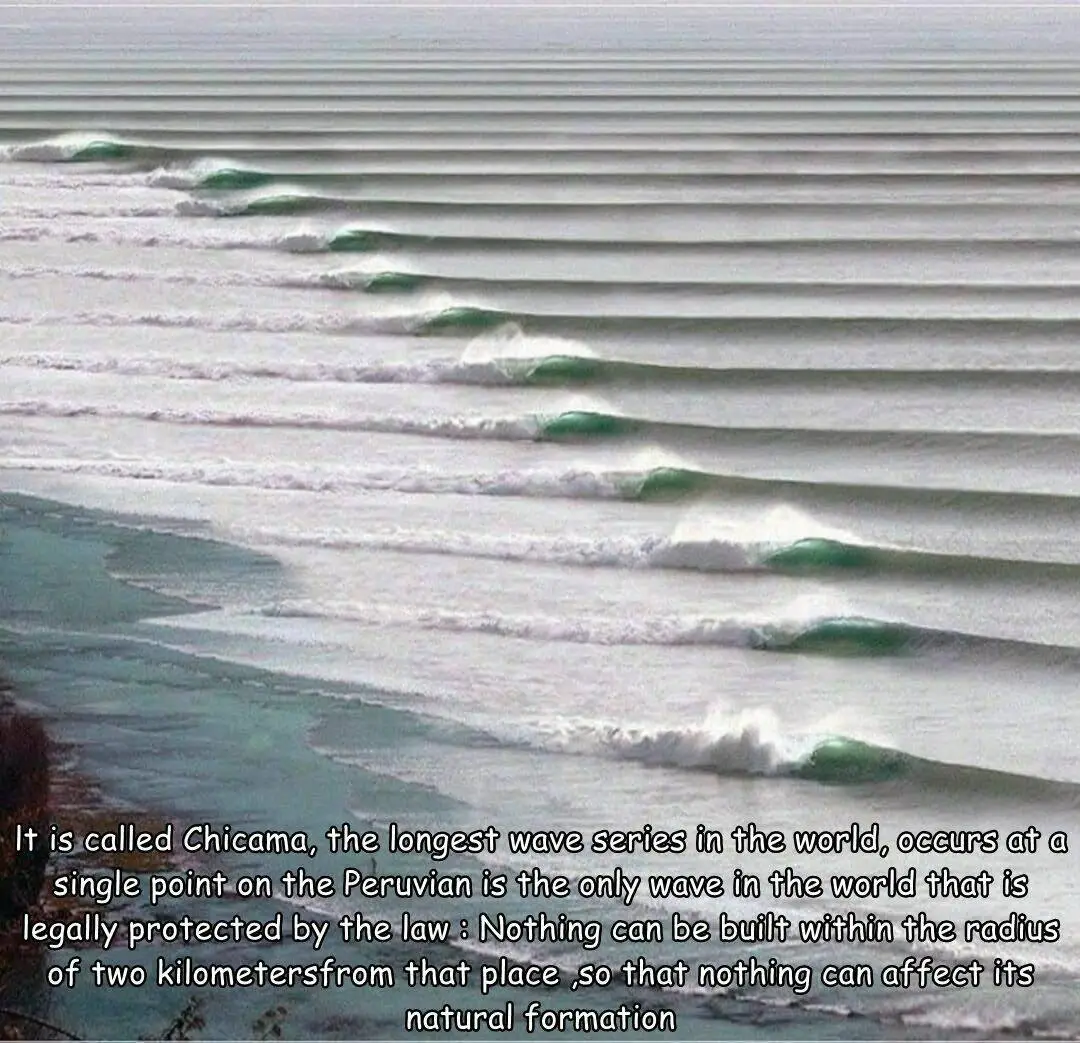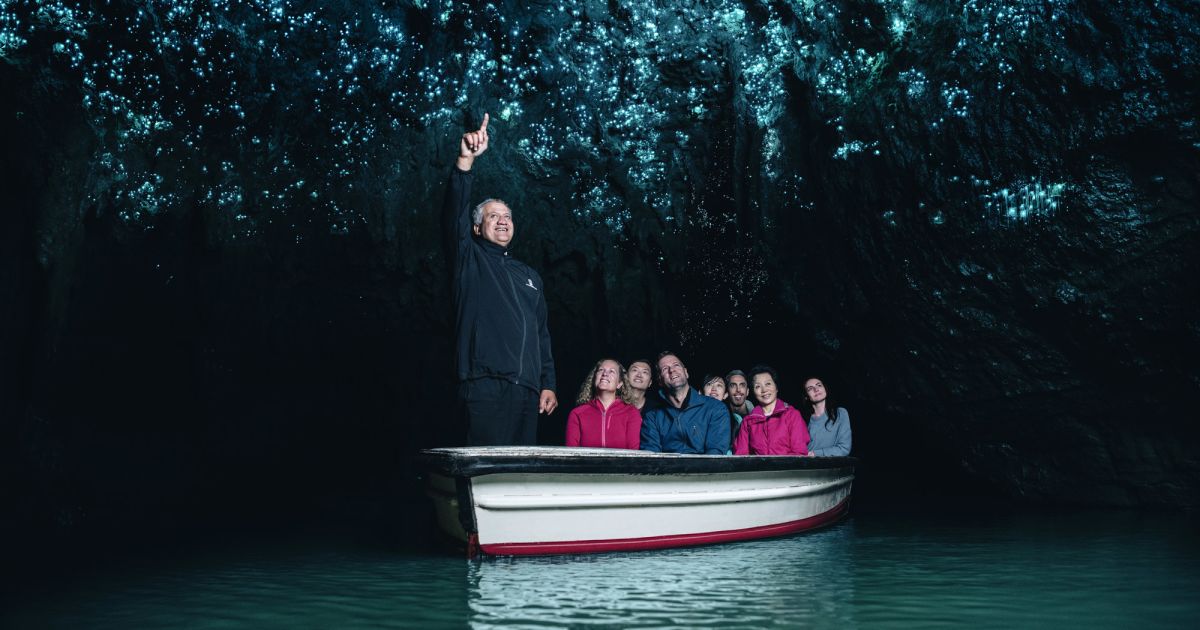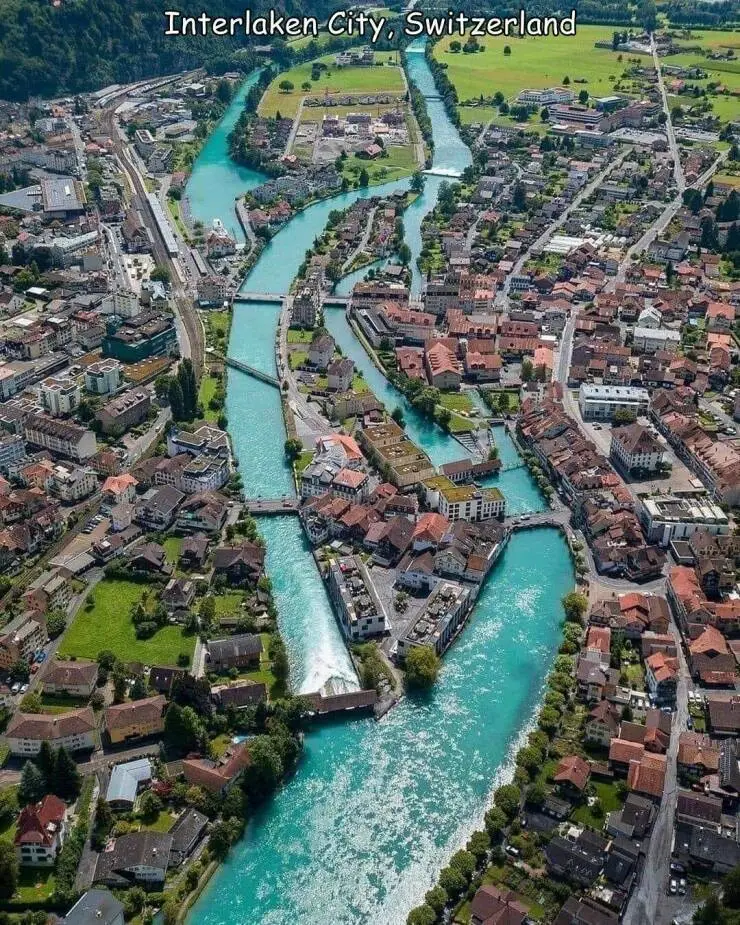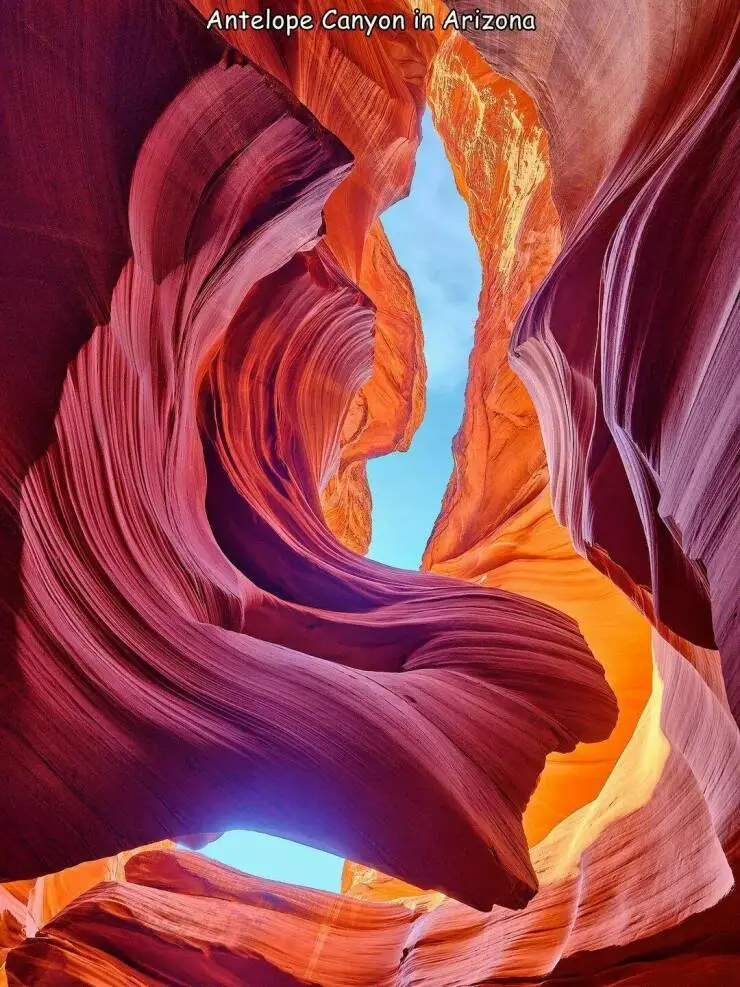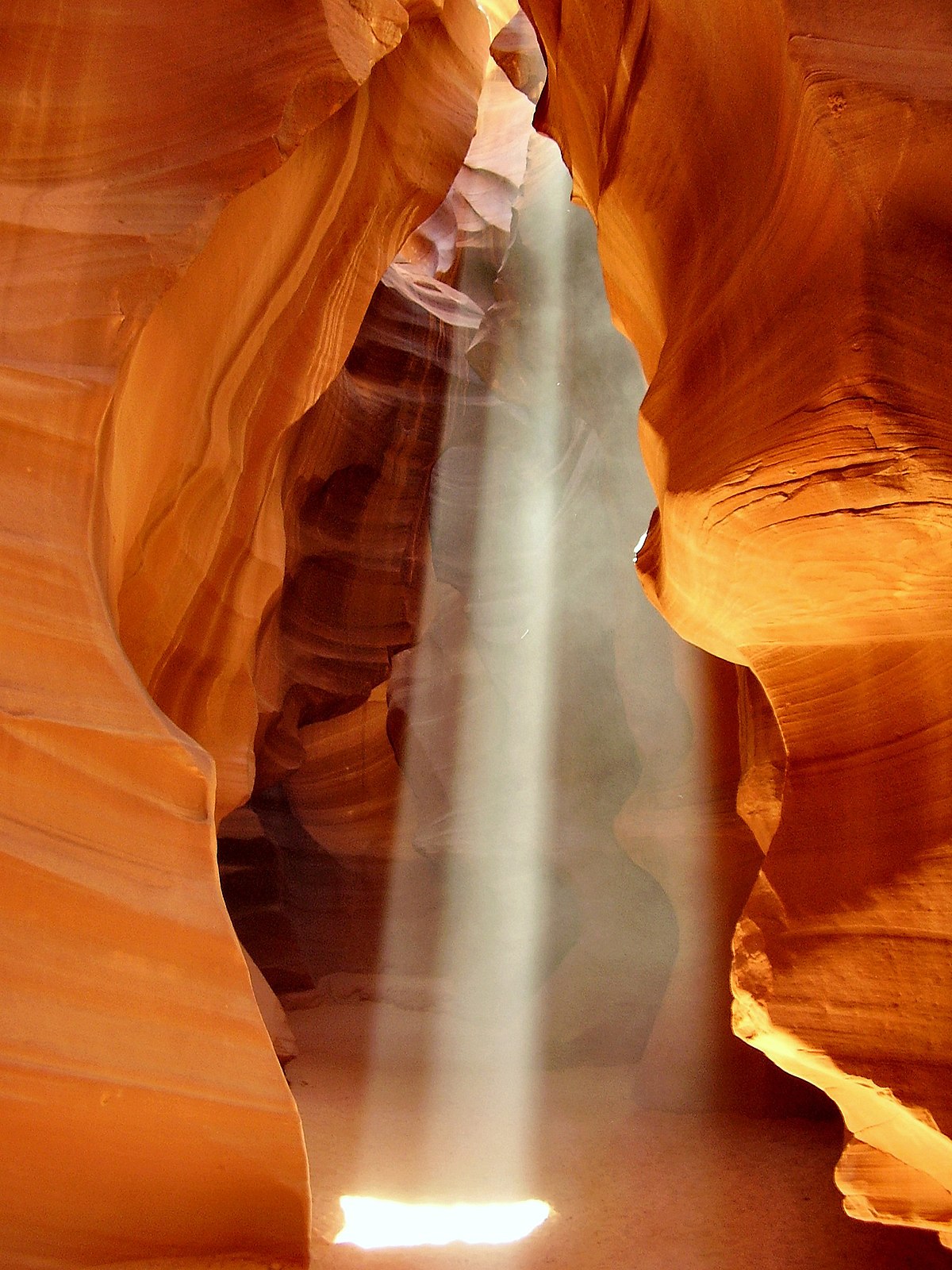#places
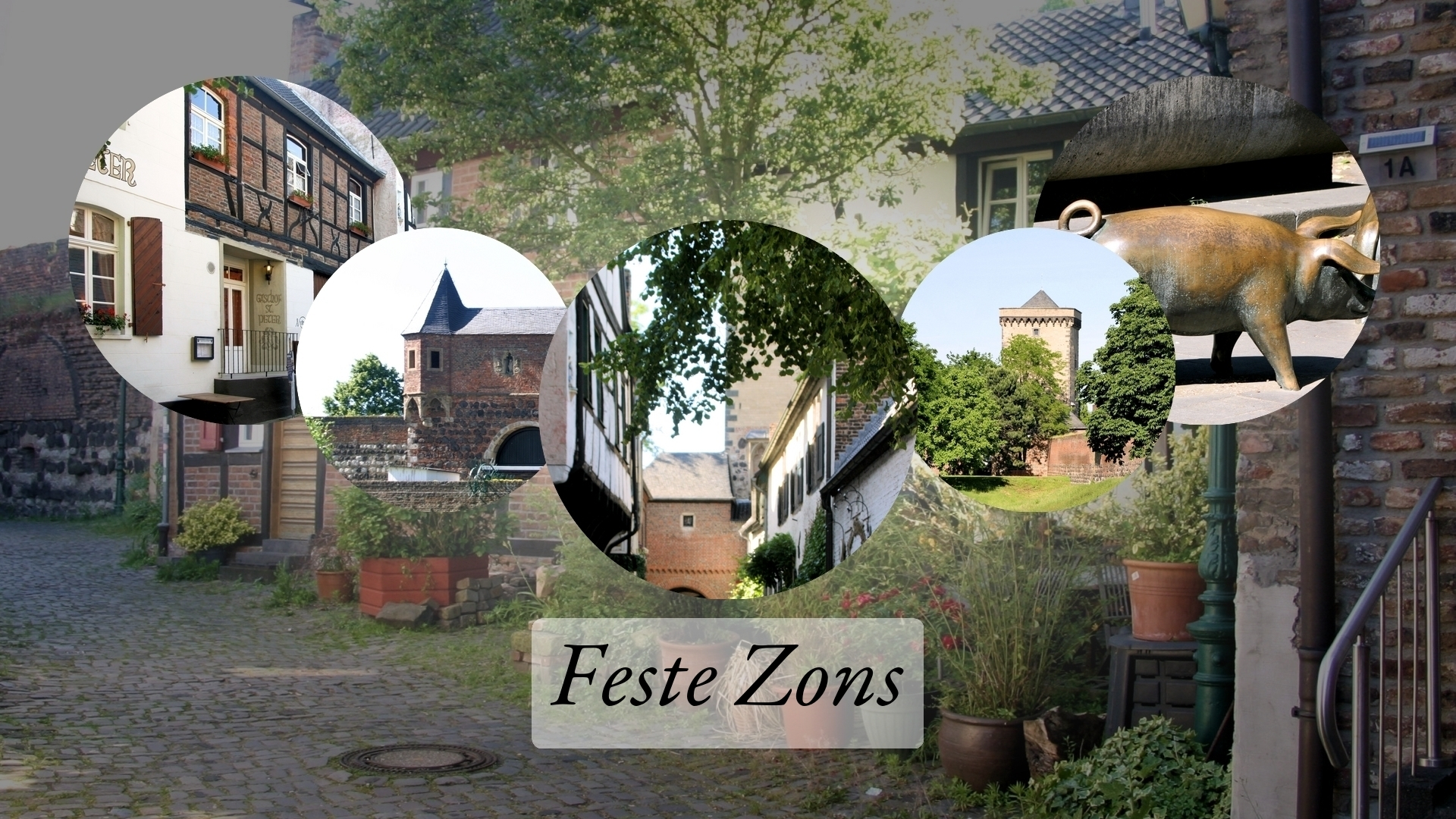
Feste Zons
#archiveorg: https://archive.org/details/105338
Slideshow mit Fotos aus Zons
#Cityshapes #Fachwerkhäuser #Altstadt #Mittelalter #Wehranlagen #Burgen #Städte #Zons #foto #photo #fotografie #photography #slideshow #slide #video #Architecture #Places #Cities #HalfTimberedHouses
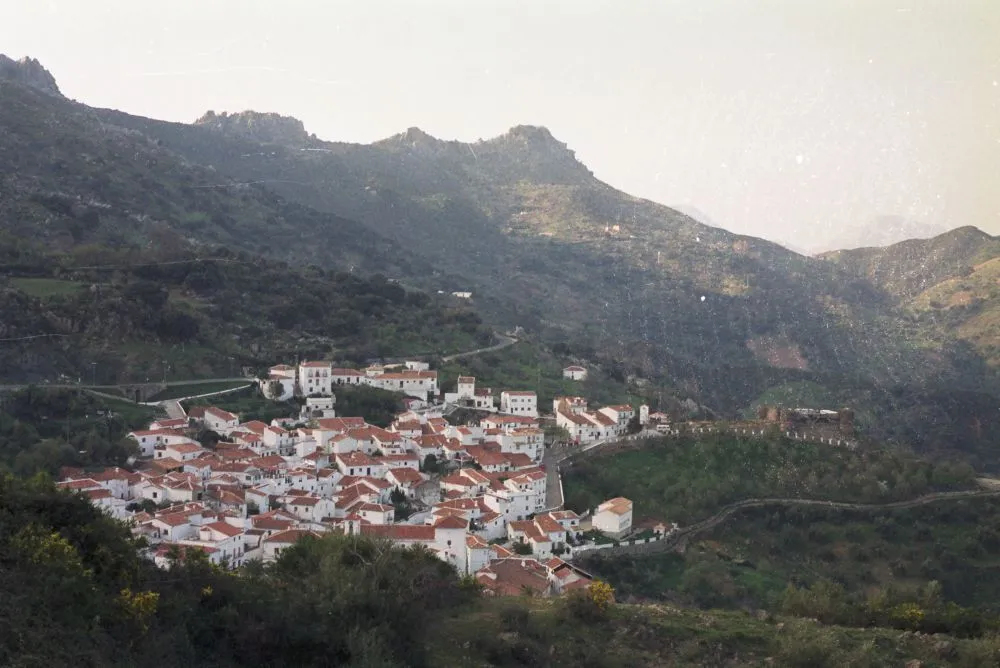
Bergdorf / Mountain Village
- Februar 1993
in Andalusien
#Dorf #Gebirge #Bergdorf #Andalusien #Berge #Architektur #Strassen #Spanien #Foto #Fotografie #photo #photography
#architecture #places #streets #villages #spain
https://www.youtube.com/watch?v=3-AL0txzBm4
#Incredible #Places of #India | #Ancient #City of #Maheshwar
Incredible Places of India | Ancient City of Maheshwar
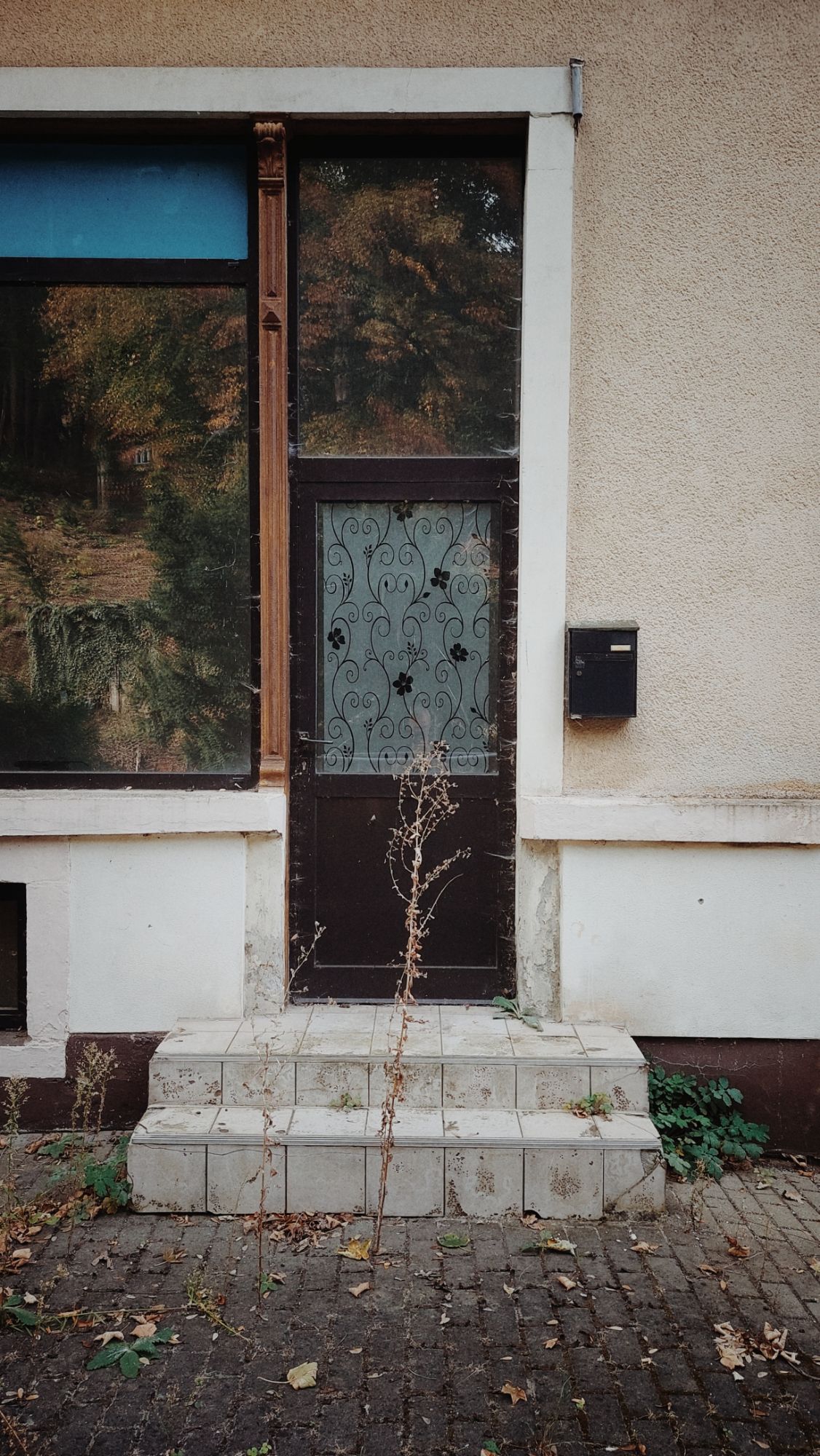
Backyards.
#outerworld #pixelfed365 #fediphoto365 #dresden #smartphonephotography #places_of_old
#places of old
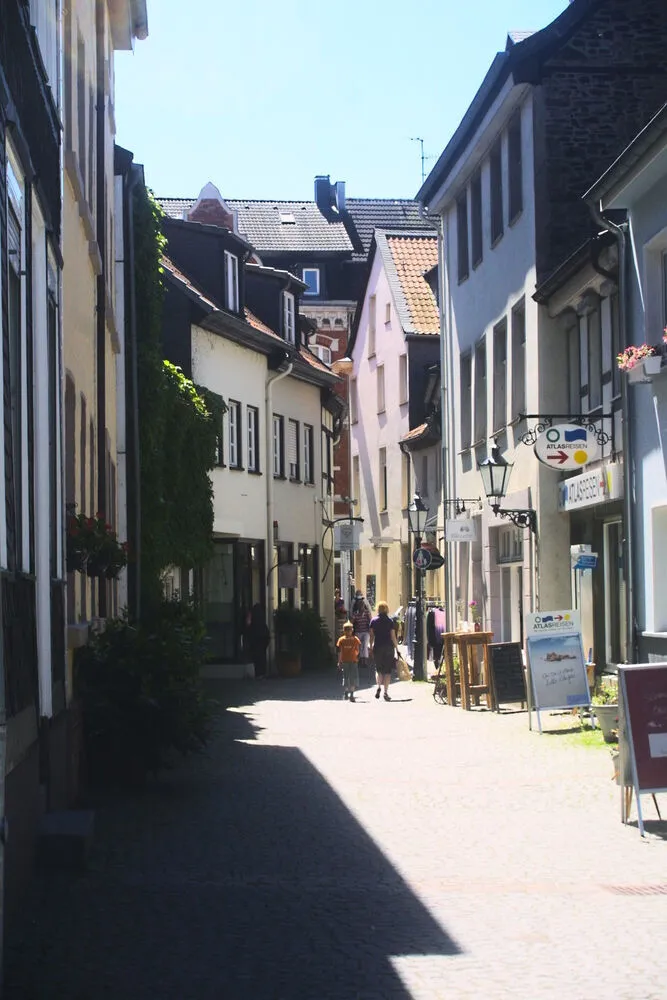
Werden
Essen, Juni 2010
Fußgängerzone in Werden (Essen)
#Architektur #Strassen #Essen #Ruhrgebiet #Werden #foto #photo #fotografie #photography
#architecture #places #streets
Bewegungen vor dem Gewerbegebiet: Die Blitzsäule fotografiert in loser Folge jene, deren Eile zu groß ist. Auf dem Parkplatz des Supermarktes dahinter verladen Männer in Camp David-Uniform Kisten voller Bier und Cola auf einen wuchtigen Dodge Ram. Zwei dunkelhäutige Frauen mit Schwere in den Augen tragen Plastiktüten aus der Tür in die Tiefe des Ortes. Etwas weiter: Alte Fassaden sind dekoriert, Schilder heißen Gäste willkommen, die Gedanken ringen mit Begriffen wie Heimat und Tradition - und den Vorurteilen der eigenen engen Welt. Grau das Licht, grau die Stimmung. Leise beginnt es wieder zu regnen.
#outerworld #places_of_old #where_we_are_who_we_were #home_and_the_hills
#places of old #where we are who we were #home and the hills
about Budj Bim https://youtu.be/9-MKbagnoK8 or perhaps https://yewtu.be/watch?v=9-MKbagnoK8
(Nov., 2020)
